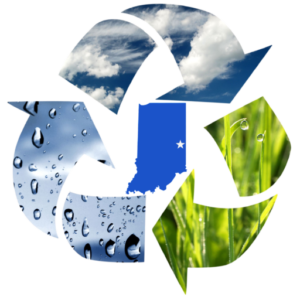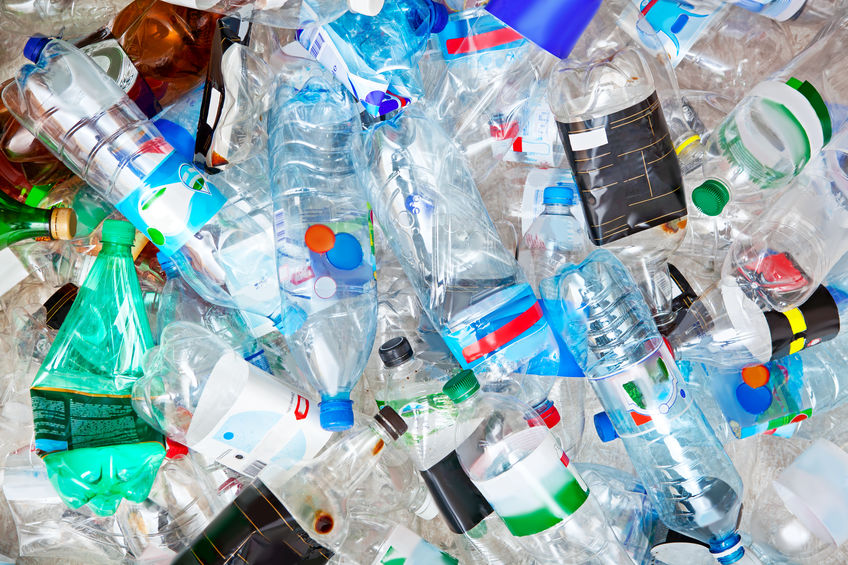What you probably don’t know about plastic
Back in the 1950’s, when plastics first burst on to the scene in common household applications, world citizens were told that their lives would be changed forever, thanks to the wonderful new polymer that would be used for everything from dinnerware, food storage containers, tools, clothing, parts for machines and more. Lighter than metal or glass, and insanely cheap to produce, plastic would change life as we know it forever.
It has. Maybe not really in the manner it was intended to, however. What no one realized back at the beginning was just how useful and popular plastic would become, and just how much of it would be produced. And no one knew what a problem plastics would become to the environment. Here are a few facts and statistics about plastic that you may not have known:
- Plastic is made from petroleum and it never decomposes back to its original state. Instead plastic degrades in to smaller and smaller pieces, called nanoplastics or microplastics. Consequently, every piece of plastic that has ever been made still exists, unless it was incinerated.
- Plastic production has increased dramatically over the past few decades but recent increases are astounding. Almost half of the plastic that has ever manufactured has been made in the last 15 years.
- Today, around 40% of the 448 million tons of plastic produced every year is for items meant to be disposable—used once and then thrown away. Shopping bags, plastic cutlery, plastic bottles and cups and product packaging are just a few of these disposable single use items.
- 18 billion pounds of plastic ends up in the worlds ocean every year.
- Microplastics have been found in every part of the earths oceans, including being found in Arctic ice. On some of the beaches in Hawaii, as much as 15% of the sands grains are actually micro-plastic. Some of the worst offenders for microfiber pollution is clothing made from synthetic fibers. One study found that one gram of synthetic fabric sheds up to 400 microplastic fibers every 20 minutes of use.
- The largest market for plastics today is in packaging. Plastic packaging now accounts for nearly half of all plastic waste generated globally, and most is never recycled or regenerated.
- Plastic can only be recycled 2 or 3 times before the quality of the polymer degrades too much to be used in products. Glass and metal on the other hand, can be recycled an infinite number of times with no loss of quality. -NATIONAL GEOGRAPHIC SOCIETY NEWSROOM
7 Things You Didn’t Know About Plastic
- Not all plastics are recyclable. Plastics 1 and 2 are the easiest to recycle and there are both domestic and foreign markets open for them. Plastics 3 through 7 are technically recyclable, but there are no markets for them at all. Consequently there is no financial reason to collect and recycle them.
What to do, what to do, what to do?
Each of us can do a little to help stem the tide of plastic waste swamping the planet. It starts with being aware of the problem and having a desire to help keep the environment free from the poison to plastic pollution. If you would like to know more, feel free to stop by the Recycling District’s office and pick up a copy of the National Geographic magazine from June 2018 titled “Planet or Plastic”. Much of the information in the article comes from the magazine. Here is a list of other things you can do:
- Ditch the single use plastic shopping bags. If you stop by the office for a National Geographic magazine, we’ll give you a reusable shopping bag too!
- Skip the straw. And whenever you can, skip the plastic cutlery and cups and plates.
- Invest in a good reusable water bottle. Bottled water is expensive and terribly hard on the environment. Tell us you read this blog and we will get you one!
- Avoid plastic packaging whenever you can, as well as plastic wraps in the kitchen.
- Buy products made from recycled materials whenever you can. And make sure the products you purchase can be reused, repurposed, recycled, donated or composted at the end of their useful life.
- Recycle all your 1 and 2 plastics. Right now in the US, we are only recycling about 10% of our plastics. We can do better!
Articles referenced:
National Geographic Planet or Plastic
How the plastic bottle went from miracle container to hated garbage.
Microplastic found near Everest peak
180 countries except US agree to plastic waste agreement


